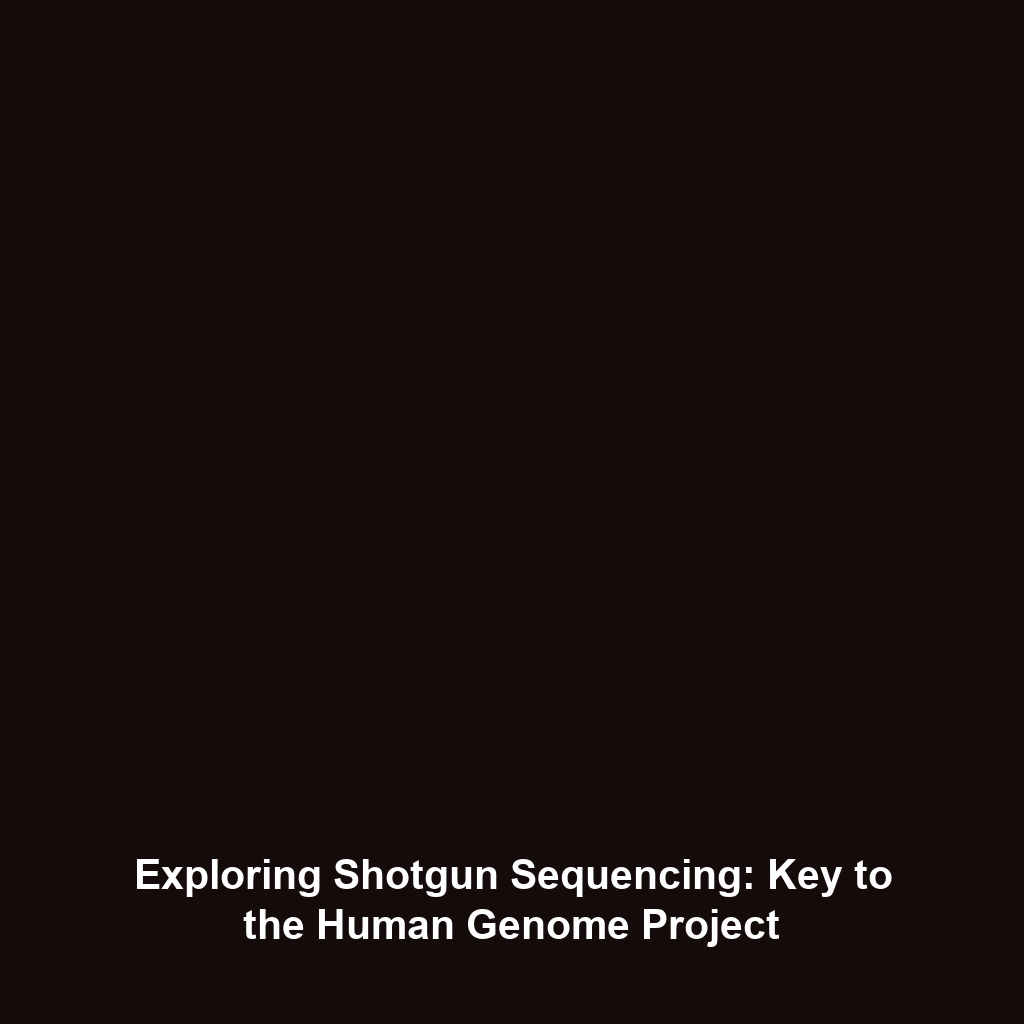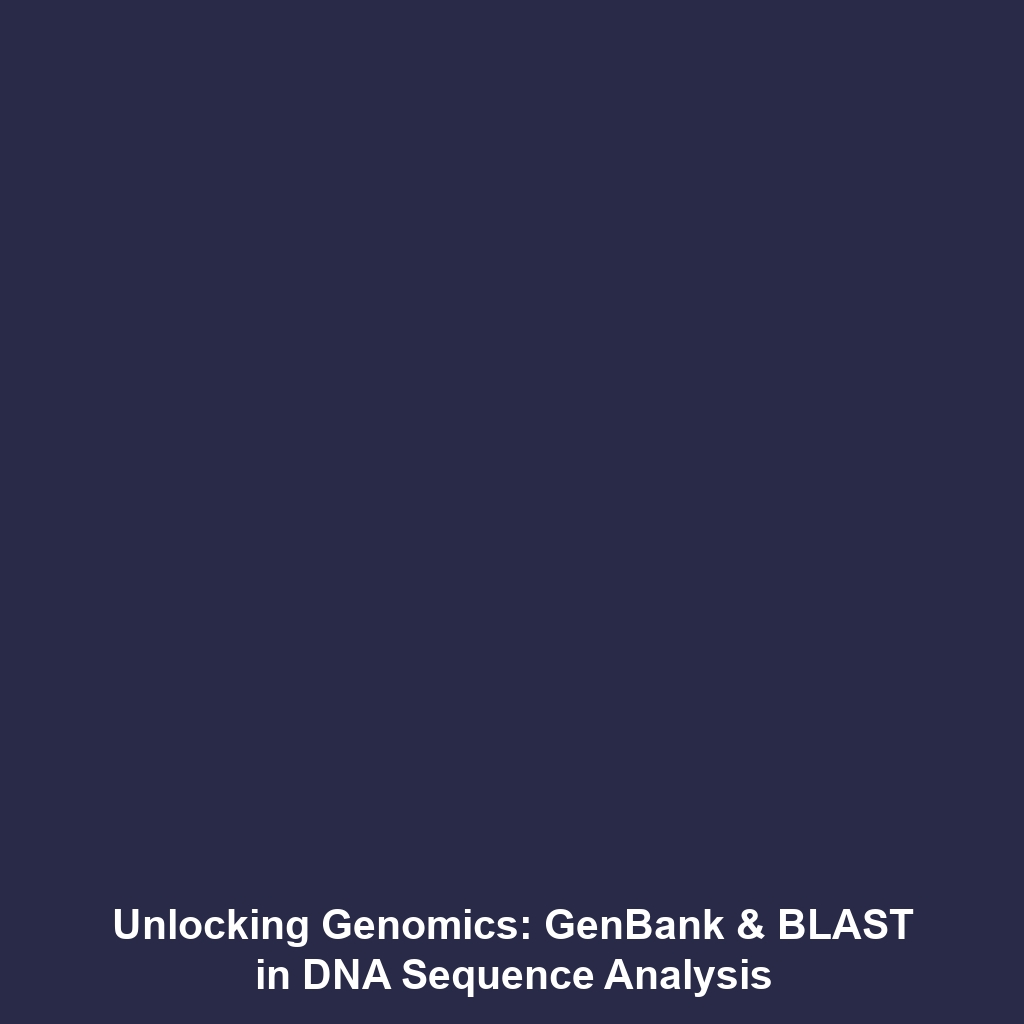Shotgun Sequencing and Its Role in the Human Genome Project
Introduction:
Shotgun Sequencing is a revolutionary method in genomics that involves fragmenting a genome into smaller pieces, sequencing those fragments, and then reassembling them to deduce the overall sequence. This technique played a critical role in the Human Genome Project (HGP), which aimed to map all the genes in the human genome. By enabling rapid sequencing, Shotgun Sequencing significantly contributed to our understanding of human genetics and has paved the way for advanced applications in personalized medicine and genomics research.
Key Concepts
Understanding Shotgun Sequencing requires familiarity with several core concepts:
- Genome Fragmentation: The process begins with breaking the entire genome into smaller, manageable segments. This allows for efficient sequencing with current technologies.
- Sequencing: Each fragment is then sequenced using high-throughput technologies, generating vast amounts of data.
- Reassembly: Advanced algorithms are employed to piece together the sequenced fragments, reconstructing the original genome sequence.
This method is particularly advantageous due to its scalability and efficiency, which align perfectly with the expansive goals of the Human Genome Project.
Applications and Real-World Uses
The applications of Shotgun Sequencing within the context of the Human Genome Project are numerous and impactful:
- Genomic Mapping: Shotgun Sequencing was crucial in generating a comprehensive map of the human genome, facilitating further genomic studies.
- Medical Research: It supports research into genetic diseases, enabling scientists to identify genetic markers associated with conditions such as cancer.
- Microbial Genomics: Beyond human DNA, this method assists in sequencing the genomes of microorganisms, which is essential for understanding microbial communities in health and disease.
Current Challenges
Despite its advantages, Shotgun Sequencing faces several challenges:
- Data Overload: The sheer volume of data generated poses a challenge for storage, analysis, and interpretation.
- Sequence Assembly Errors: Complex regions of the genome may result in misassemblies or gaps in the data.
- Cost Considerations: While sequencing costs have decreased, the overall expense for large-scale projects can still be significant.
Future Research and Innovations
Looking ahead, several innovations in Shotgun Sequencing are on the horizon that may enhance its application in genomics:
- Long-Read Sequencing Technologies: Next-generation sequencing technologies are being developed to produce longer reads, improving assembly accuracy.
- AI and Machine Learning: These technologies are being integrated into data analysis workflows to more effectively handle complex sequencing data.
- Field-Specific Applications: As techniques advance, applications in fields like personalized medicine and evolutionary biology are expected to expand considerably.
Conclusion
In conclusion, Shotgun Sequencing is an essential technique that greatly contributed to the success of the Human Genome Project. Its ability to fragment, sequence, and reassemble genomes is transforming the landscape of genomic research. As scientists continue to address existing challenges and harness future innovations, the potential for groundbreaking applications in medicine and biology is immense. For more insights, explore our articles on genomic research and personalized medicine.

